Weaving your own textiles is quite feasible for someone pursuing other areas of interest in the SCA (such as Norse), but it would be an immense undertaking (financially and in terms of time) to do so for Ottoman fabrics. There are, however, other ways to get that "look" without creating the fabric from scratch. Some of these methods are stenciling, block printing, debossing, applique and gilding. Some of these techniques are period (gilding, debossing and applique) and others just help us to achieve fabrics patterned with appropriately period motifs.
I also have to take a moment to note that any of these methods make it easy to achieve the really BOLD look of period patterning without the superfluous squiggly design elements that tend to show up in our modern printed fabrics. Busy and Bold are not necessarily the same thing, and learning to see the separation in the two is key to recognizing the more period looking fabrics.
Stenciling
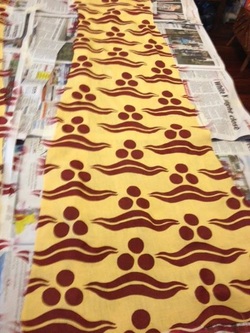 Photo credit: Mery of Ellersly
Photo credit: Mery of Ellersly Stencil Planet also has several large-scale motifs meant for covering walls that I think would work splendidly for Ottoman garb. Below left are two that I particularly like (I own one of them... just need the time to use it)! This store also does custom orders for those not willing to cut out their own stencils. They are fast and do a great job with this (I have used them before for custom Viking stencils).
Stencil Library is another source of stencils that has a broad selection that includes some that would work well for garb. Below right is just one of the lovely designs they offer.
Sites such as Dharma Trading carries textiles paints suitable for stenciling techniques.
Block Printing
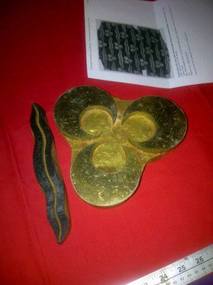 Photo credit: Bushra al Jaserii bint El Nahr
Photo credit: Bushra al Jaserii bint El Nahr Blocks for printing can be self-made or purchased online at a variety of places, including Etsy (there are some vendors that will even create custom stamps for you). Look for large scale, bold designs when purchasing a stamp, or ask to have one custom made in a pattern that you know is period.
http://www.etsy.com/shop/BlackleafArt
http://www.etsy.com/shop/charancreations
Sites such as Dharma Trading has information on fabric painting and decoration and can be a great resource for supplies.
| how_to_block_print_fabric_tutorial.pdf |
Gilding
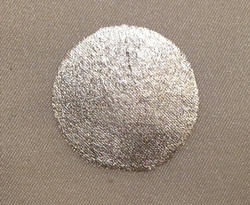 Photo credit: Lady Behiye bint Kismet
Photo credit: Lady Behiye bint Kismet Lady Behiye bint Kismet is working out the process to lay silver onto fabric to reproduce a period caftan that is attributed to a daughter of Murad III. I understand the garment will be finished this winter and I quite look forward to seeing the results. You can follow her progress on her blog here:
http://behiyebintkismet.wordpress.com/2013/08/27/silver-gilding-on-silk-gilding/
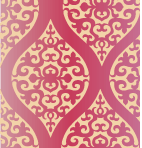
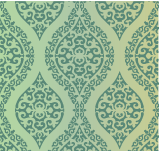
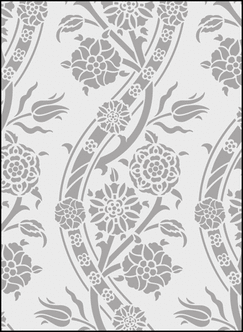
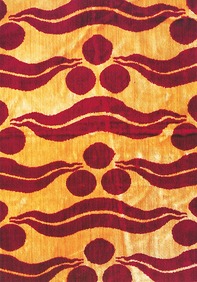
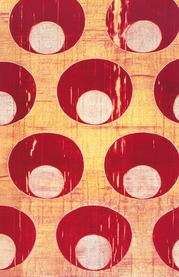
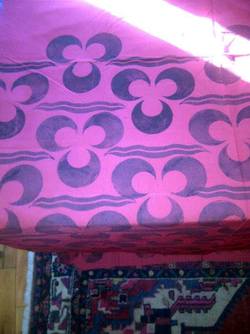
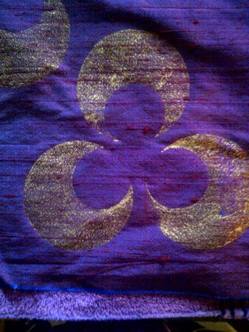
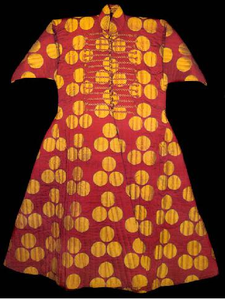
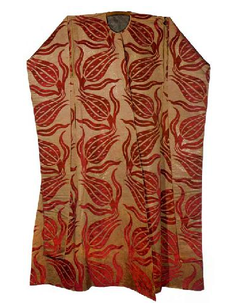
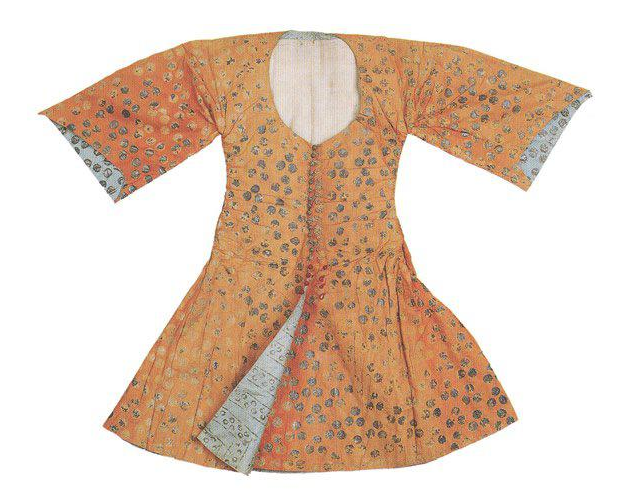
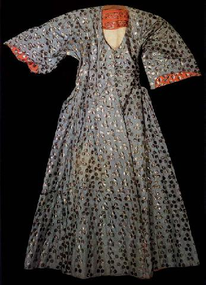
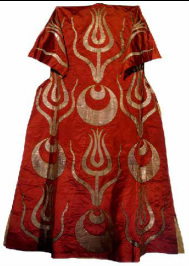
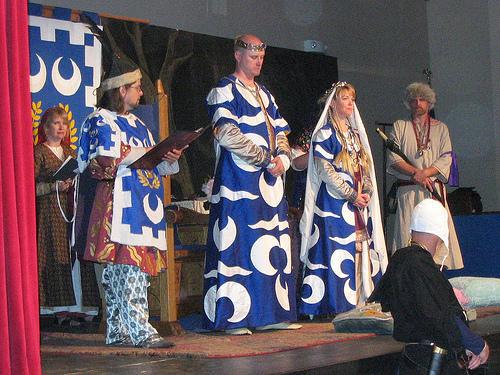

 RSS Feed
RSS Feed